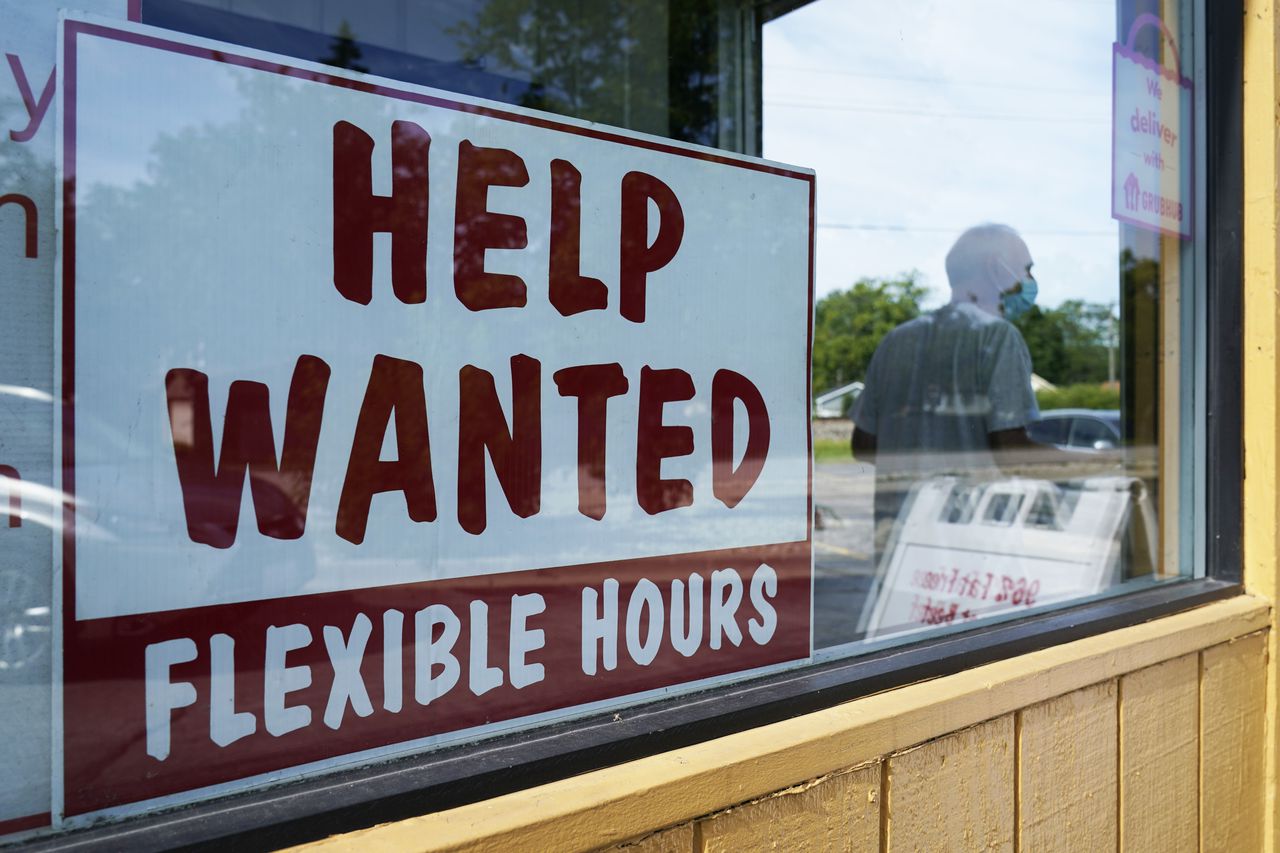Why are so many Alabamians not joining the workforce?
Alabama’s unemployment rate is lower than the nation’s. But so is its workforce participation rate.
The Alabama Department of Labor Friday reported that the state’s unemployment rate for August was 2.1%, a new record low and lower than the national rate of 3.5%. A labor market is generally thought to have reached full employment when it hits 4 to 5% unemployment.
“Alabama continues to set economic records,” said Alabama Department of Labor Secretary Fitzgerald Washington.
But the state’s labor force participation rate is at 57%, unchanged from July 2022 and lower than the national rate of 62.6% last month.
Alabama’s “prime-age participation rate” – measuring labor force participation for those aged 25 to 54 – was 77.8%. But the national rate was 83.1%, according to the St. Louis Federal Reserve website.
Those who follow the rates say it’s not unusual for Alabama to trail the country in that metric.
“Is it low? Yes, it is low, but Alabama has always been within the bottom 3 or bottom 4 throughout history,” said Michele Tatum, the labor market information division director with the Alabama Department of Labor. “This is not anything new for Alabama.”
Part of the reason is that the state’s population tends to be older than the rest of the United States. In 2022, the median age of the state was 39.4 years, compared to 38.9 nationwide. For the state’s white population, making up about 64% of the population, the median age was 42.9 years.
The labor force includes those at least 16 years old and not institutionalized, such as those who are incarcerated or in the military. Some who are included in that figure would be people who are either at or nearing retirement age. This population is less likely to work for a variety of reasons, such as health.
The unemployment numbers do not factor into its calculation those who have dropped out of the labor market altogether. But Alabama’s numbers suggest that while those who want to work have a job, there exists a large segment of the population within the state who continue to be absent from the labor force.
“Back in the Great Recession in 2008, the numbers of the unemployed were twice as much as they are now because people weren’t working but they were looking for work,” Tatum said. “Now we have a problem where people aren’t working, but they are not looking for work.”
Some officials, including Gov. Kay Ivey, are concerned that Alabama continues to lag other states in terms of the share of its population who want to be part of the labor force.
She expressed those concerns Aug. 10 when she suggested that 50,000 Alabama residents who are not participating in the labor force should “get off their fannies” and look for jobs. In a July commentary for the Alabama Daily News, Ivey wrote that she wanted to address the “barriers” that may prevent those not in the workforce from seeking jobs.
“Maybe that is childcare,” she wrote. “Maybe that is transportation. Maybe that is simply difficulty in shifting from a reliance on government programs to employment.”
The appropriate threshold for labor force participation is unclear. On the one hand, a lower number signals that fewer people are contributing to the economy, which can be troubling.
“The labor force participation rate is one of the more underrated measures,” said Ben Meadows, an assistant professor of economics at the University of Alabama Birmingham Collat School of Business. “A lower number means there is untapped wealth. It means that fewer people are contributing their positivity to the economy.”
Agnitra Roy Choudhury, an assistant professor of economics at Auburn University Montgomery, said that another reason for lower labor force participation numbers could be a significant number of discouraged workers, which is not good for the economy. However, that issue may not be as significant given the unemployment figure is at a record low in the state.
But Tatum stressed that the state has always lagged in terms of its labor force participation rate. That number is also an artifact of the state’s demographics.
“It is just now the labor force participation rate is now something that everybody wants to focus on,” Tatum said. “Well, it is not that easy to change. The denominator is the population. How are we going to change that?”
